The origin and development of San Juan Xiduo fine coffee beans in Honduras
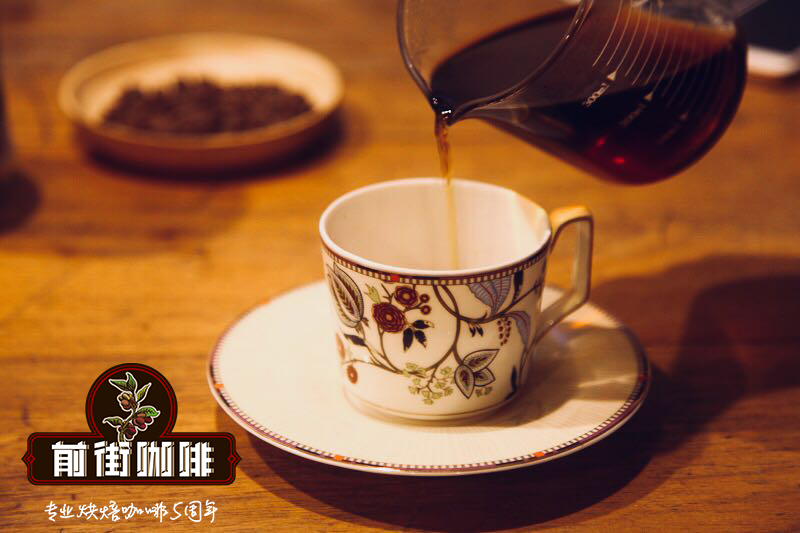
If coffee is the hottest at the end of 2019, Qianjie will surely say that Shirley is handled by a whisky barrel from Honduras. To what extent this bean can be popular, it can be said that almost all cafes are competing for this bean, and the price is extremely high. There is nothing else, just because this coffee has a strong Shirley barrel flavor and rich layers. Of course, besides Shirley, the coffee in Honduras is worth a try. Do you know the coffee from San Juan?
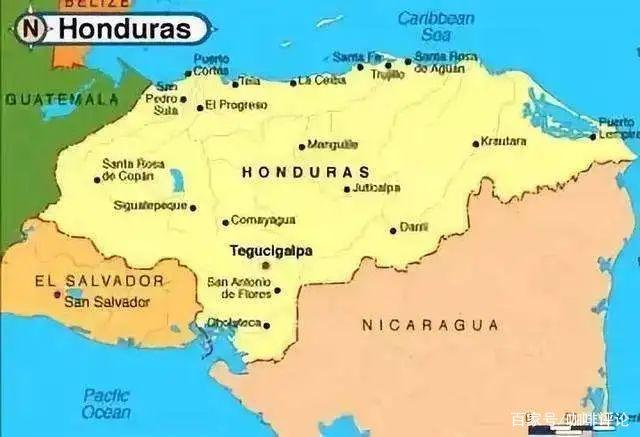
Country profile
Honduras is located in the north of Central America, facing the Caribbean Sea to the north, the Gulf of Fonseca in the Pacific Ocean to the south, Nicaragua and El Salvador to the east and south, and Guatemala to the west, mostly mountains and plateaus. It has a tropical climate, mild temperature and abundant rainfall, so it is an ideal place for coffee growth.
Honduras produces two kinds of coffee of very good quality, which are highly respected by coffee lovers. One is "Highland Coffee", which grows at an altitude of 1000 to 1500 meters, and the other is "selected Highland Coffee", which represents the highest level of Honduras, which grows at an altitude of 1500 to 2000 meters. Most of the Honduran coffee is exported to the United States and Germany.
For coffee production, the geographical conditions of Honduras are no less than those of its neighboring coffee-producing countries such as Guatemala and Nicaragua. There are 280000 hectares of coffee plantations in Honduras, mainly small coffee plantations, most of which are less than 3.5ha. These coffee plantations account for 60% of the total coffee production in Honduras. In the coffee garden, because the planting area belongs to the mountain area, people pick coffee beans by hand, and then process them carefully in order to produce better quality coffee beans. Honduras collects 3 million bags of coffee every year and provides you with multi-quality coffee. Now it has become one of the top ten coffee exporters in the world.
The granules of coffee beans in Honduras are large in shape, uniform in size and glossy in color. In order to facilitate harvesting, farmers will prune the coffee trees to no more than 150 centimeters, because if they grow too high, they have to set up ladders to pick, which is not only time-consuming, but also may damage the trees by bending branches. As the ripening period of each fruit of coffee beans is different, in order to maintain the good quality of coffee beans, it is necessary to pick them manually, and then select the ripe fruits. For coffee fruits of the same branch, it often takes several weeks to pick them all.
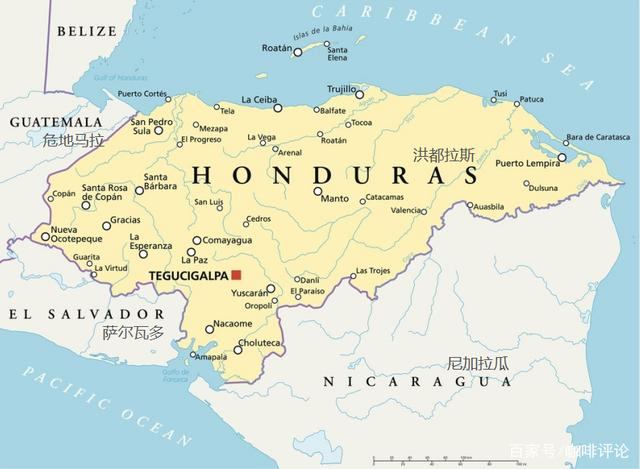
There are six main coffee producing areas in Honduras, including Santa Barbara, Copan, Ocotepeque, Lempira, La Paz and El Paraiso in the southeast. Honduran coffee tastes less acidic, while caramel is more sweet. The taste of coffee from these five different producing areas is also slightly different, some slightly sour, some have a unique flavor. At present, its quality is not poor, but because it is still promoting its popularity, the price of coffee in the country is actually quite competitive.
High-quality coffee in Honduras uses water washing to deal with coffee beans, usually after soaking, when the defective fruit will surface, it can be discarded first. Then put the good fruit into the fruit peeling machine and peel off the peel with the rotating force of the machine. Peeled fruits are screened by machines to select fruits of high quality. Usually the bigger the fruit, the better the maturity. Coffee in Honduras is dried in the sun, so there is always a hint of fruity in the taste.
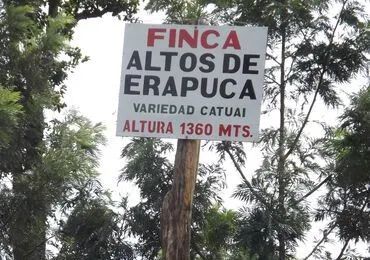
Producing area & Manor
The San Juan Hido region, a small village located 40 kilometers northeast of Tegucigalpa, Honduras, in the buffer zone of La Tigra National Park, is a rainforest ecosystem that acts as a huge reservoir, shaded by bananas, avocados, papayas and other fruit trees.
Finca Altos de Erapuca Otos Manor is a cooperative organized by hundreds of coffee farmers in the San Juan Heido area, and his charming farm has a washing plant and fermentor.
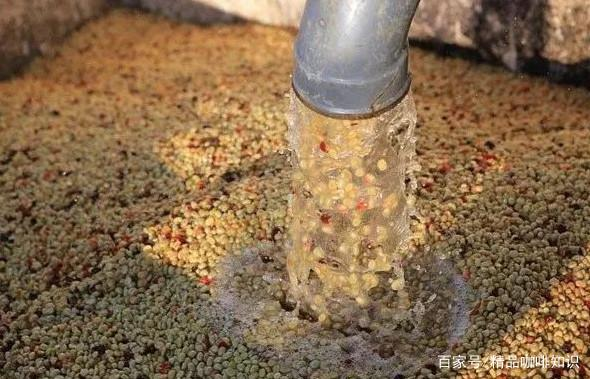
Washing treatment method
High-quality coffee in Honduras uses washing to treat the beans, picking them manually, and then picking out ripe fruit, which often takes several weeks. The coffee beans are treated by washing, first soaking and picking out the floating beans (defective beans), and then peeling off the peel and pulp by machine. Local farmers think that the larger the fruit is, the better the maturity is, ferment it for 10-12 hours, then wash it with water, and finally dry it in an African drying bed for 8 to 10 days, so there is always a light fruity flavor in its taste. The yield is higher, and the flavor is also with good acidity.
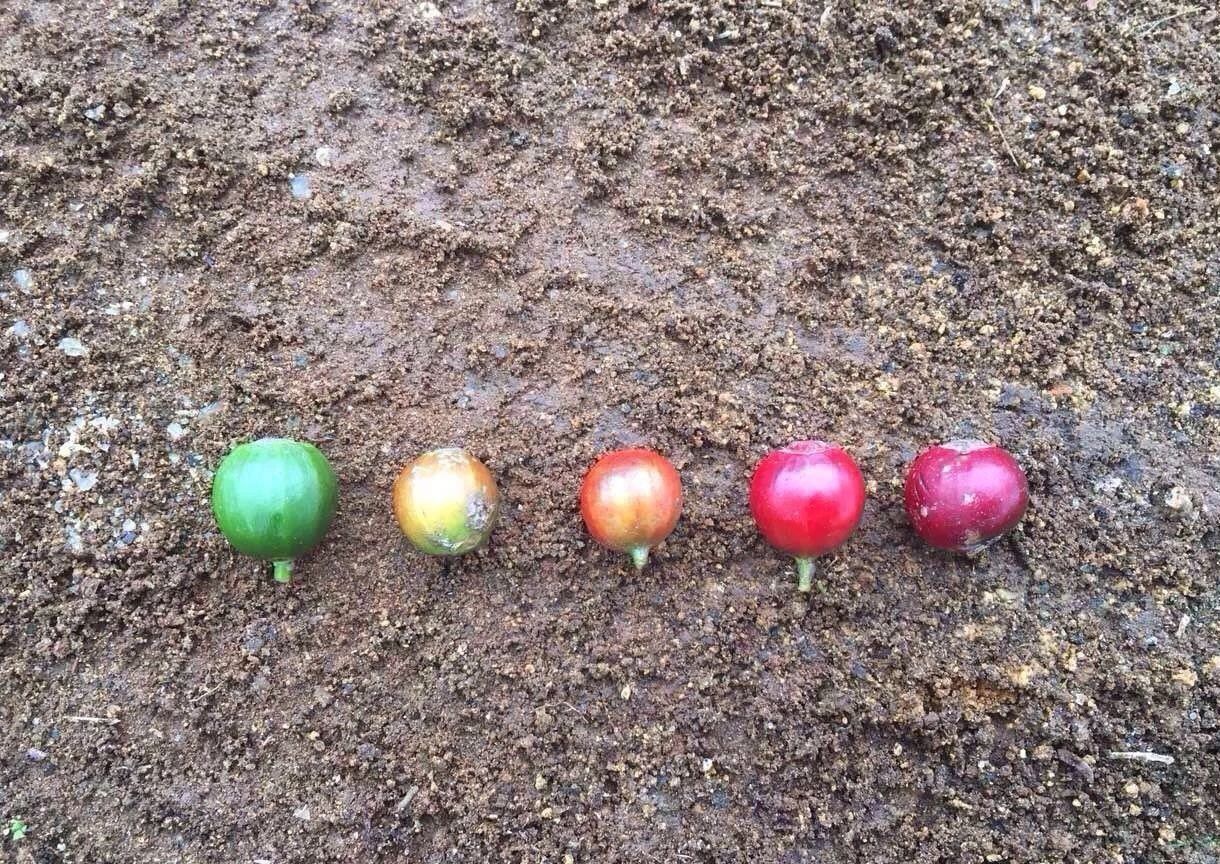
Variety Kaduai
Kaduai is a hybrid of Mundo Nnvo and Caturra, the fruit shape is similar to bourbon, but the yield per plant is higher, the flavor is also with good acidity.
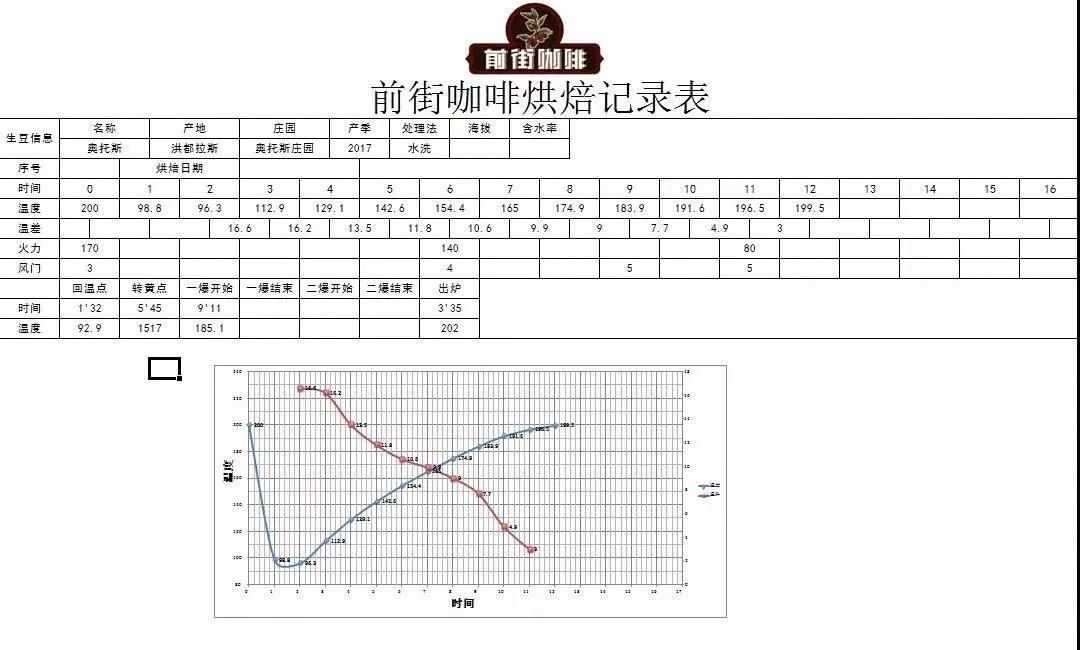
[coffee roasting in front street] display
The temperature of the furnace is 200 degrees Celsius, the fire power is 170C after opening the throttle for 1 minute, the throttle is unchanged, baking to 545 ", the temperature is 151.7 degrees, the bean surface turns yellow, the smell of grass disappears completely, the dehydration is completed, the firepower is adjusted to 140C, and the throttle is changed to 4. In the 9th'00 minute, ugly wrinkles and black markings appear on the bean surface, and the smell of toast obviously changes to the smell of coffee, which can be defined as a prelude to an explosion. At this time, listen carefully to the sound of the explosion point, start to explode at 8: 23 ", turn the firepower down to 80 degrees, and the throttle is fully open (adjust the firepower very carefully, not so small as to be free of bursting sound), and put the pot at 202 degrees.
Description of cup test flavor
The sweetness is very good, especially the caramel sweetness is obvious, while the full body, cream, baked nuts, milk chocolate and a little bitterness are formed by the thick touch and rich greasy feeling.
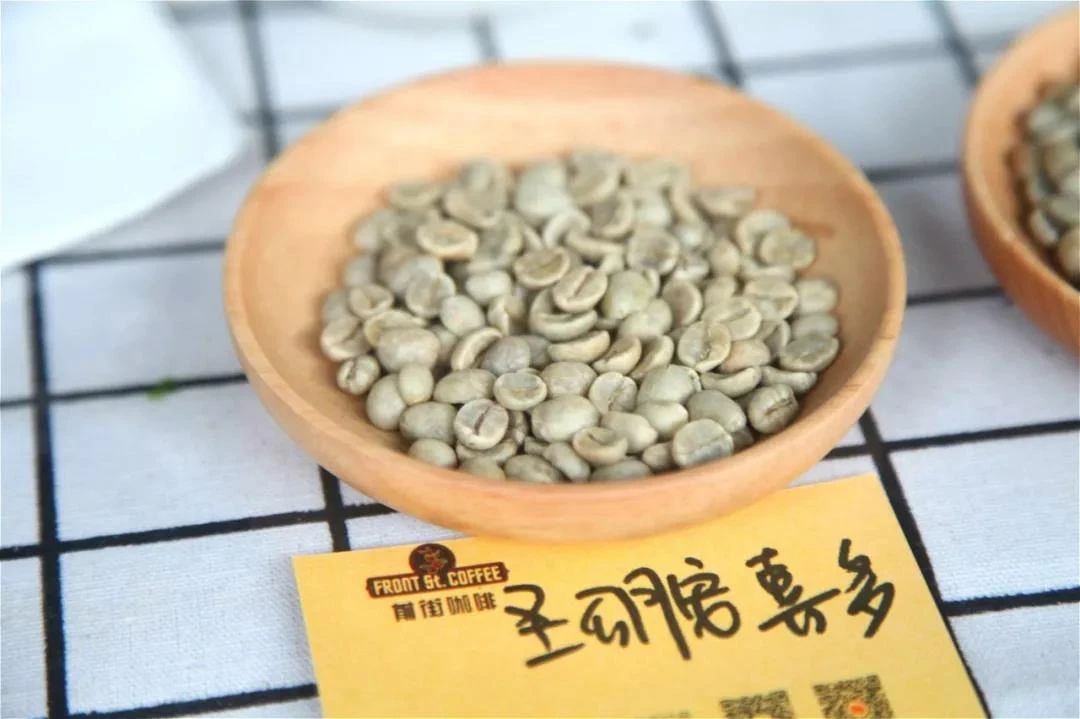
San Juan Theodore, Honduras
Country: Honduras
Origin: San Juan Xido producing area
Manor: Finca Altos de Erapuca of Otos Manor
Altitude: 1300m
Variety: Kaduai
Treatment: Washed washing
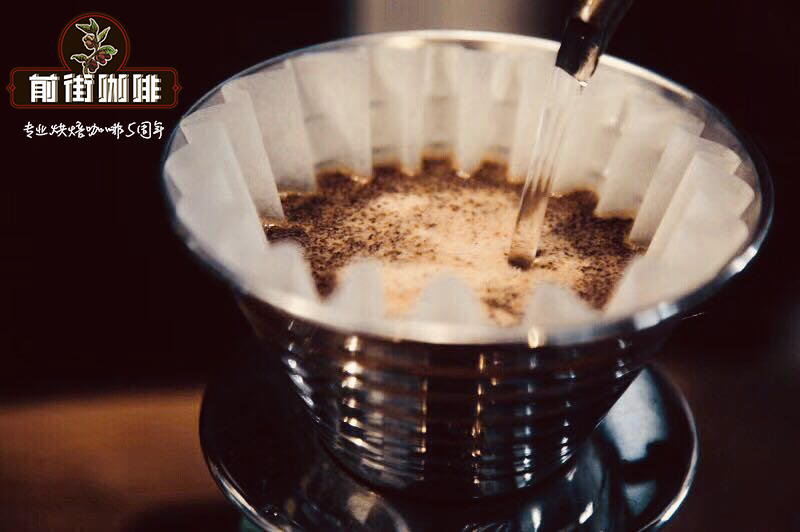
[Qianjie cooking method] display
Filter cup: V60 filter cup
Water temperature: 88-89 degrees
Degree of grinding: small Fuji grinding 4
Powder / water ratio: 1:15
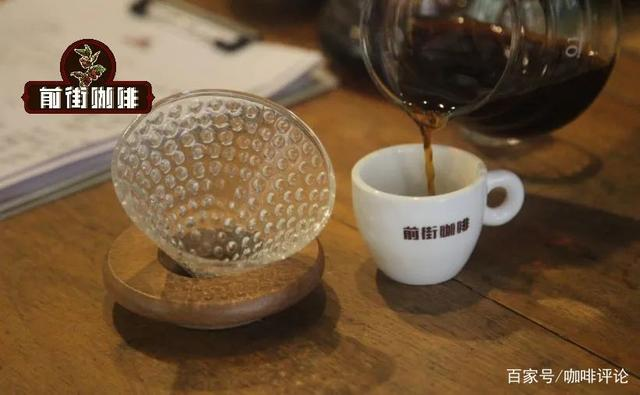
Washing and cooking technique
The steaming time is 30 seconds, and the amount of water injection is 30-125-225 grams.
Cooking analysis
San Juan likes to bake a little deeper, in order to reduce the release of bitterness, choose to use coarse sugar grinding degree, lower water temperature, extract full texture of coffee liquid, fully show its caramel, cream, nut sweetness.
Steaming and water injection in the first stage, stick to the powder layer as far as possible, at this time, the coffee powder absorbs water and expels vigorously, the gap of the powder particles is large, the water column is too high, it is easy to pass through the coffee powder at once, and does not fully participate in the extraction, and when the water column is injected into the second stage, the height of the water column can be increased in order to stir the fine powder at the bottom of the filter cup and reduce blockage.
Important Notice :
前街咖啡 FrontStreet Coffee has moved to new addredd:
FrontStreet Coffee Address: 315,Donghua East Road,GuangZhou
Tel:020 38364473
- Prev

A brief introduction to the description of flavor, taste and aroma characteristics of well-balanced San Juan Xido boutique coffee beans in Honduras
The granules of coffee beans in Honduras are large in shape, uniform in size and glossy in color. In order to facilitate harvesting, farmers will prune the coffee trees to no more than 150 centimeters, because if they grow too high, they have to set up ladders to pick, which is not only time-consuming, but also may damage the trees by bending branches. As the ripening period of each fruit of the coffee bean is different, it is necessary to keep the coffee bean in good condition.
- Next
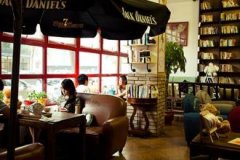
A brief introduction to the planting market price of Xido boutique coffee beans in San Juan, Honduras.
High-quality coffee in Honduras uses water washing to deal with coffee beans, usually after soaking, when the defective fruit will surface, it can be discarded first. Then put the good fruit into the fruit peeling machine and peel off the peel with the rotating force of the machine. Peeled fruits are screened by machines to select fruits of high quality. Usually the bigger.
Related
- Detailed explanation of Jadeite planting Land in Panamanian Jadeite Manor introduction to the grading system of Jadeite competitive bidding, Red bid, Green bid and Rose Summer
- Story of Coffee planting in Brenka region of Costa Rica Stonehenge Manor anaerobic heavy honey treatment of flavor mouth
- What's on the barrel of Blue Mountain Coffee beans?
- Can American coffee also pull flowers? How to use hot American style to pull out a good-looking pattern?
- Can you make a cold extract with coffee beans? What is the right proportion for cold-extracted coffee formula?
- Indonesian PWN Gold Mandrine Coffee Origin Features Flavor How to Chong? Mandolin coffee is American.
- A brief introduction to the flavor characteristics of Brazilian yellow bourbon coffee beans
- What is the effect of different water quality on the flavor of cold-extracted coffee? What kind of water is best for brewing coffee?
- Why do you think of Rose Summer whenever you mention Panamanian coffee?
- Introduction to the characteristics of authentic blue mountain coffee bean producing areas? What is the CIB Coffee Authority in Jamaica?

